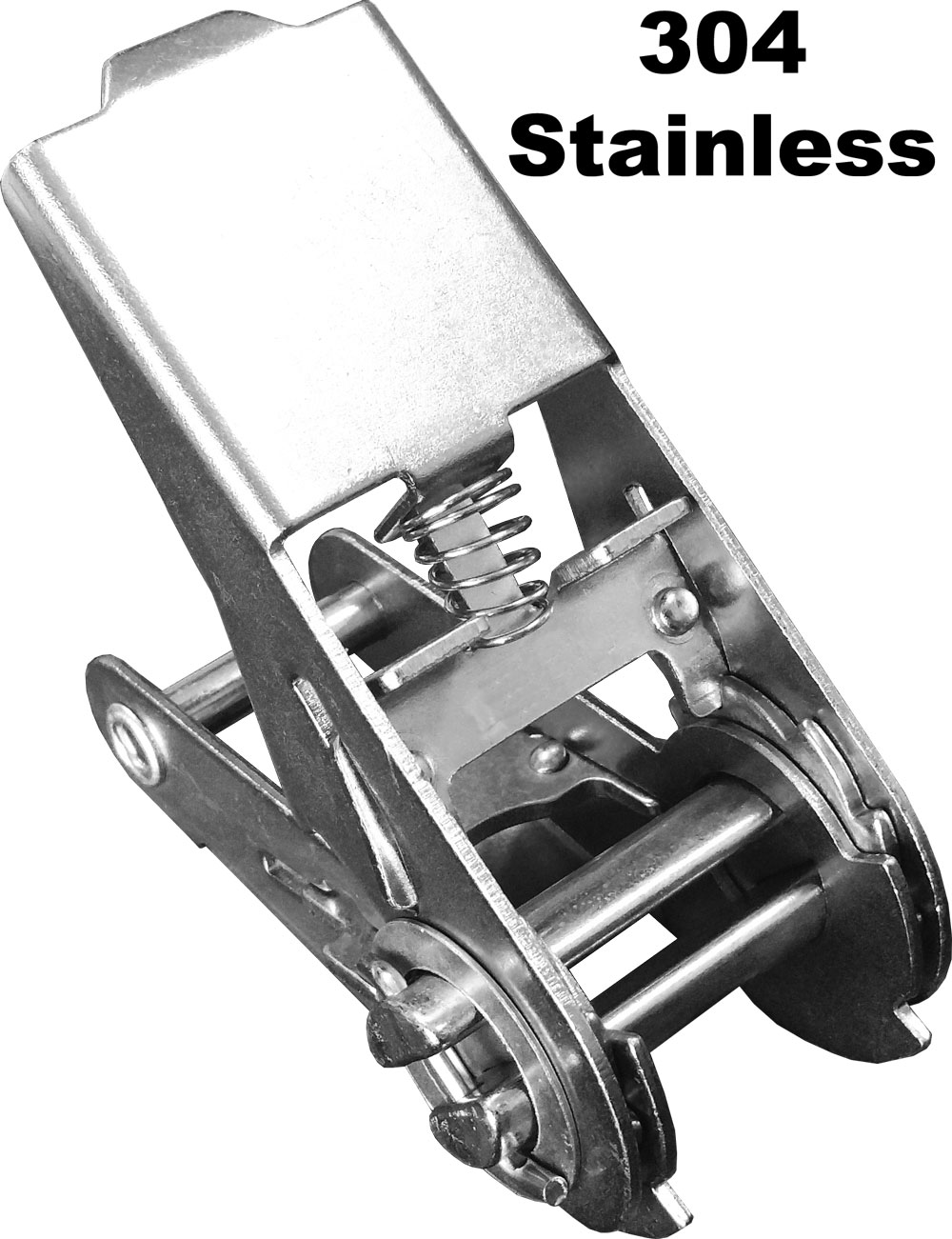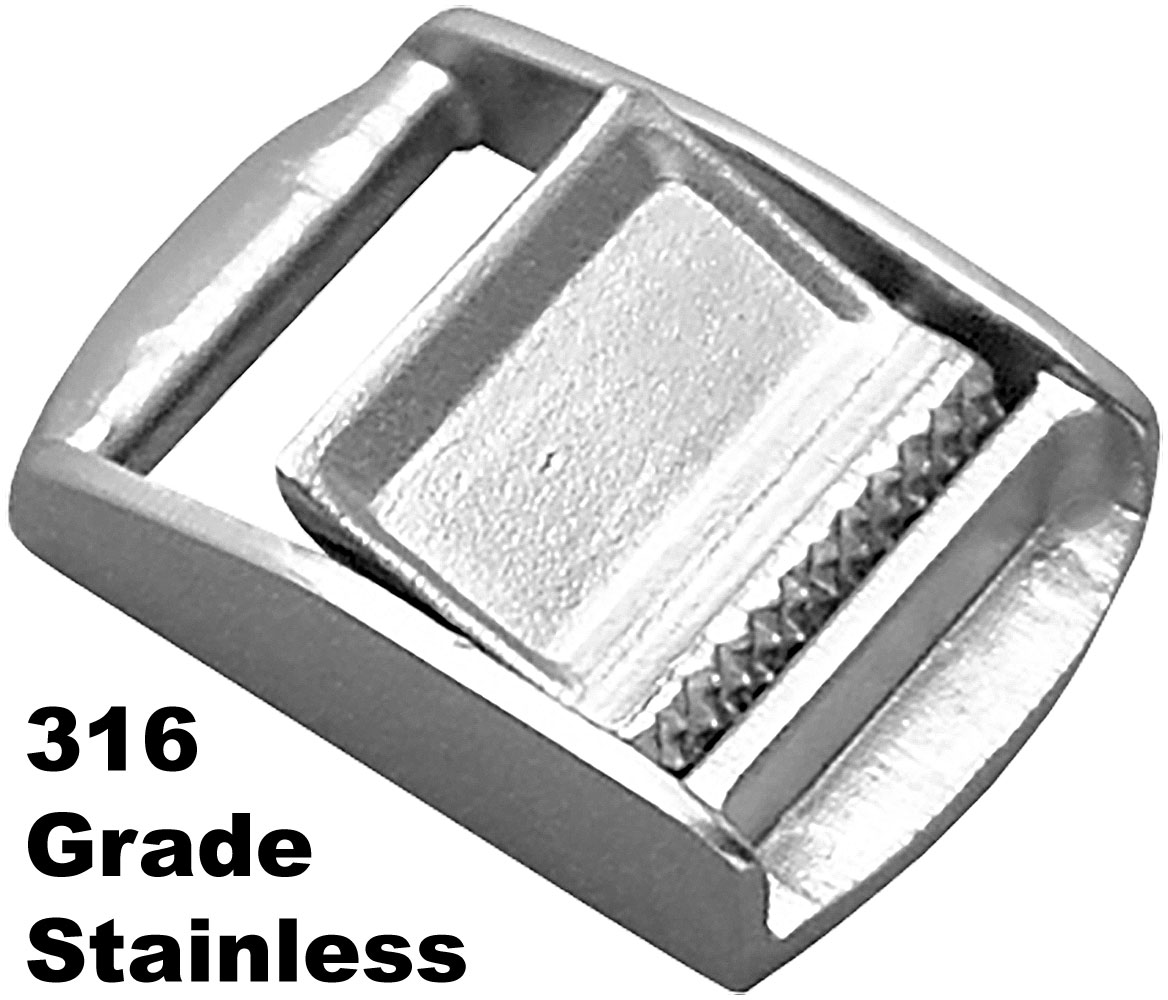What Is Stainless Steel?
There are multiple grades called stainless steel, each with slightly different alloy composition, and therefore slightly different physical characteristics.
Stainless steel must contain at least 10.5 percent chromium. Depending on the grade, it may contain much higher chromium levels, and additional alloying ingredients like molybdenum, nickel, titanium, aluminum, copper, nitrogen, phosphorous or selenium.

304 Grade Stainless Steel
304 stainless steel is the most common form of stainless steel used around the world, due to its excellent corrosion resistance and value. It contains between 16 and 24 percent chromium and up to 35 percent nickel, as well as small amounts of carbon and manganese.
304 can withstand corrosion from most oxidizing acids. That durability makes 304 easy to sanitize, and therefore ideal for kitchen and food applications. It is also common in buildings, décor, and site furnishings.
304 stainless steel does have one weakness: it is susceptible to corrosion from chloride solutions, or from saline environments like the coast. Chloride ions can create localized areas of corrosion, called "pitting," which can spread beneath protective chromium barriers and begin to rust. Solutions with as little as 25 ppm of sodium chloride can begin to have a corrosive effect. For tie-downs, pitting rarely causes mechanical concerns, but does look less desirable over time.

316 Grade Stainless Steel
316 grade is the second-most common form of stainless steel. It has almost the same physical and mechanical properties as 304 stainless steel, and contains a similar material make-up. The key difference is that 316 stainless steel incorporates about 2 to 3 percent molybdenum. The addition increases corrosion resistance, particularly against chlorides and other industrial solvents.
316 stainless steel is commonly used in many industrial applications involving processing chemicals, as well as high-saline environments such as coastal regions and outdoor areas where de-icing salts are common. Due to its non-reactive qualities, 316 stainless steel is also used in the manufacture of medical surgical instruments.
| 304 vs 316 Stainless Steel | |||||
|---|---|---|---|---|---|
| Which is Better | |||||
| Cost | Fabrication | High Temps | Corrosion | Oxidation | Marine (salt) |
| 304 | 304 | 304 | 316 | 316 | 316 |
Summary
316 grade stainless steel provides a higher level of corrosion resistance in almost all applications, but cost and lower machinability make it less popular in the tie-down industry. When available, 316 grade materials tend to be found in hooks, rings and fittings, rather than buckles. Most buckles are made with 304 grade stainless to keep the cost of the product as low as possible.
CustomTieDowns has the ability to source or manufacture most products in either 304 or 316 grade stainless. To request a component in a specific grade of stainless steel, please reach out to customer service. Do keep in mind, for most custom hardware requests, they are subject to minimum order quantities and extended lead times.
- Some of the more popular categories with stainless steel products:
- Stainless Steel Tie-Downs
- Boat Tie-Downs - Products Used in the Boating Industry
- Water Sports - Products used for recreational water sports
If you don't see the style or configuration of the product you want, just let us know and we will help with a quote. Call us at 1-877-360-5528 or email sales@customtiedowns.com for assistance.

